Optimal Lawn Mowing Schedule Tips
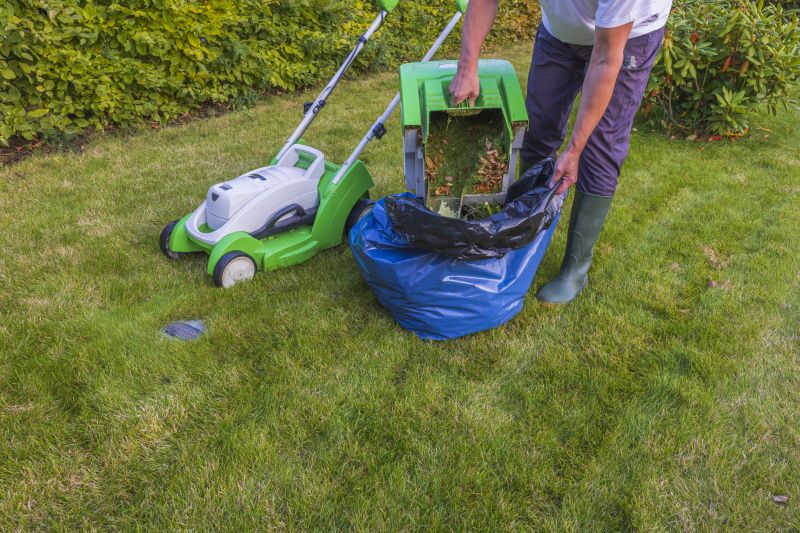
Mowing early in the morning ensures the grass is dry, reducing the risk of disease and providing a clean cut.
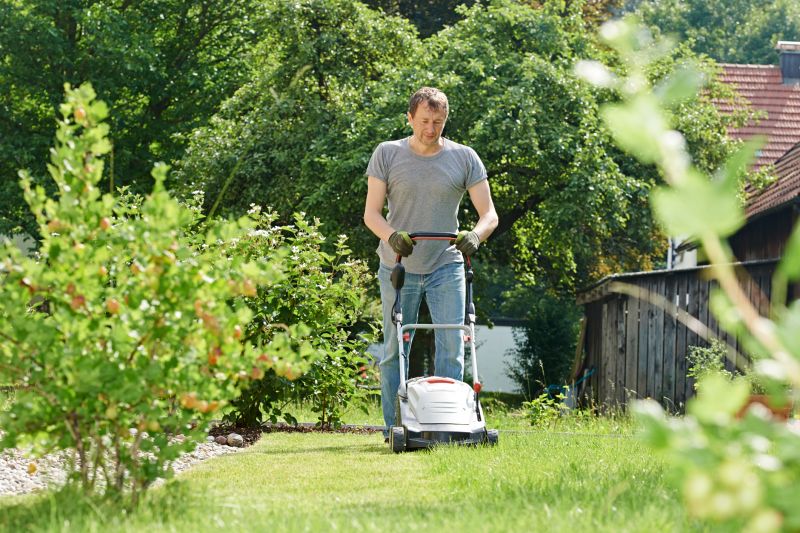
Late afternoon mowing allows the grass to recover before night, promoting healthy growth.

Mowing during midday is possible when the grass is dry and temperatures are moderate, but avoid peak heat hours.
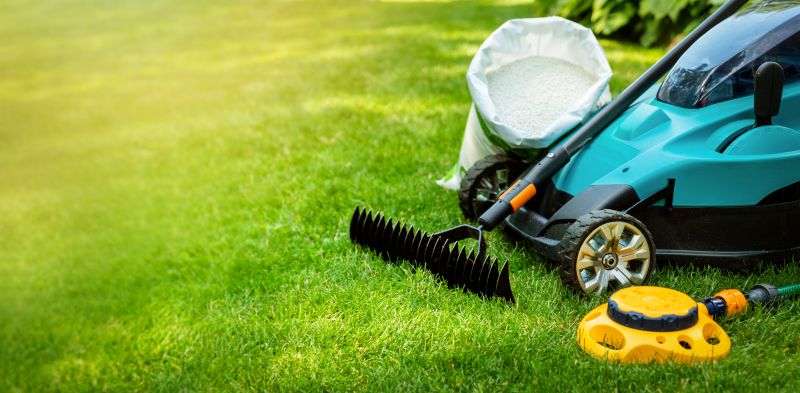
Adjust mowing times based on seasonal growth patterns to maintain a healthy lawn year-round.
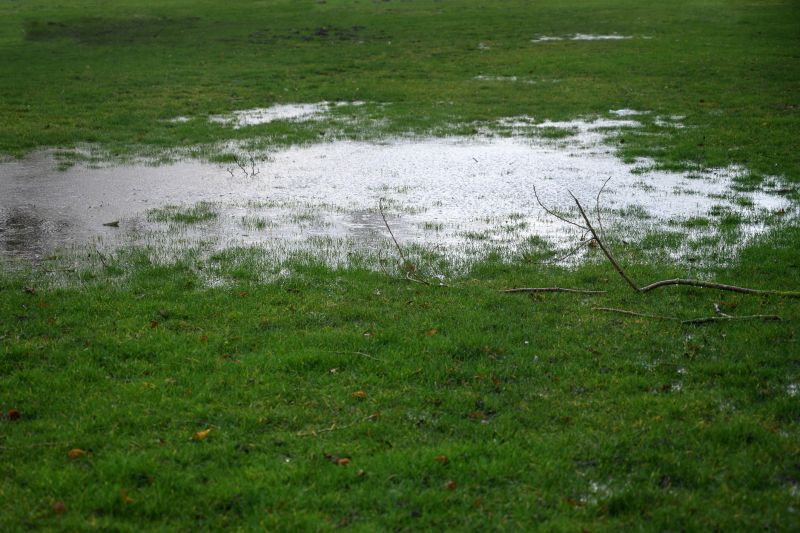
Post-rain or during wet conditions, it's best to delay mowing until the grass dries to prevent clumping and damage.
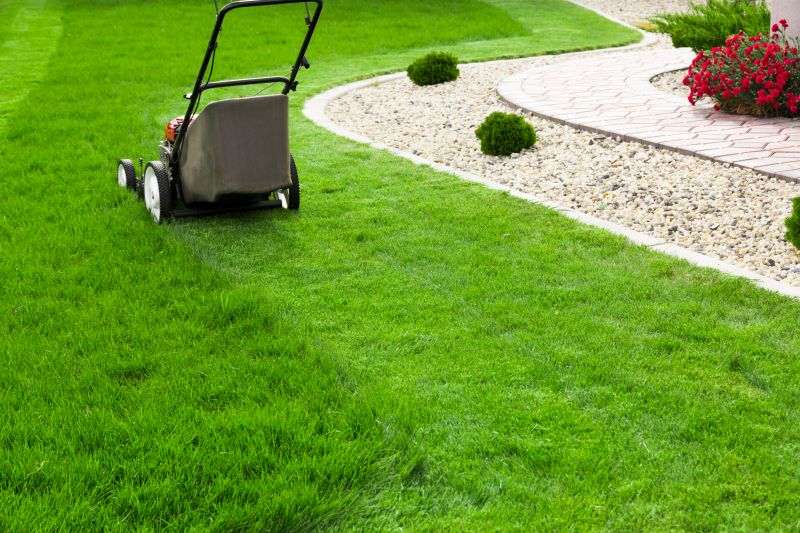
Regular mowing during the growing season supports lawn health and prevents overgrowth.
Lawn mowings play a crucial role in maintaining the health and appearance of a lawn. Proper timing ensures that grass remains resilient and lush. Mowing too early or too late can lead to uneven growth, pest issues, or disease susceptibility. The ideal mowing schedule varies based on grass type, weather conditions, and growth rate, but generally, lawns should be mowed when the grass reaches a height of about one-third taller than the desired height.
Statistics indicate that consistent mowing during peak growing periods encourages dense, healthy turf. For most grass types, this involves mowing once a week during active growth seasons. Proper mowing height and frequency help prevent thatch buildup and promote vigorous root development, leading to a more resilient lawn.
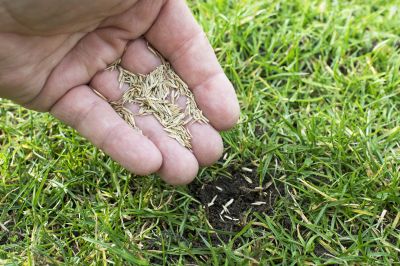
Spring is an optimal time for regular mowing to promote healthy growth after winter dormancy.
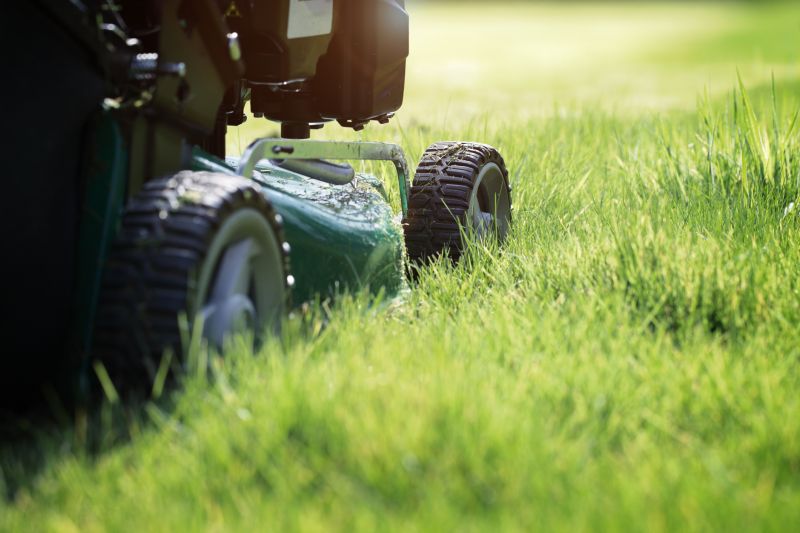
During summer, mowing should be adjusted to avoid stressing the grass during hot, dry periods.
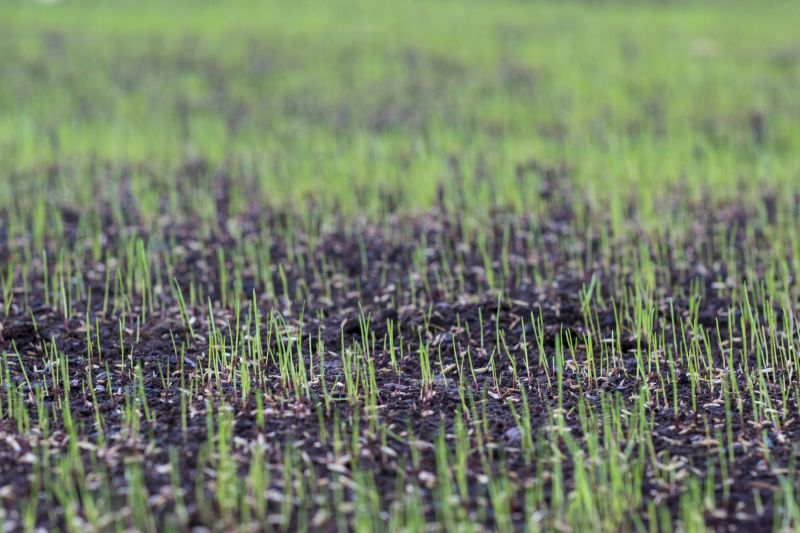
Fall mowing helps prepare the lawn for winter, ensuring healthy roots and preventing disease.
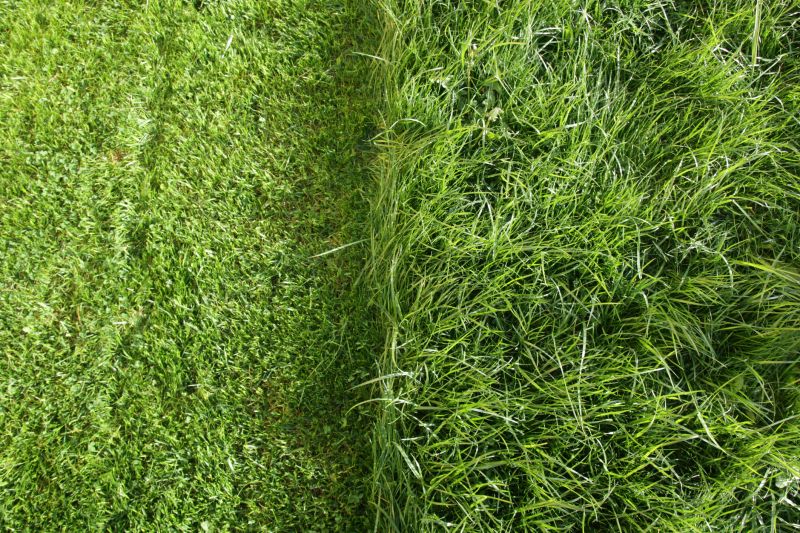
In milder climates, occasional mowing may be necessary, but generally, mowing slows during winter.

Maintaining the correct height varies by grass type but typically ranges from 2 to 4 inches.
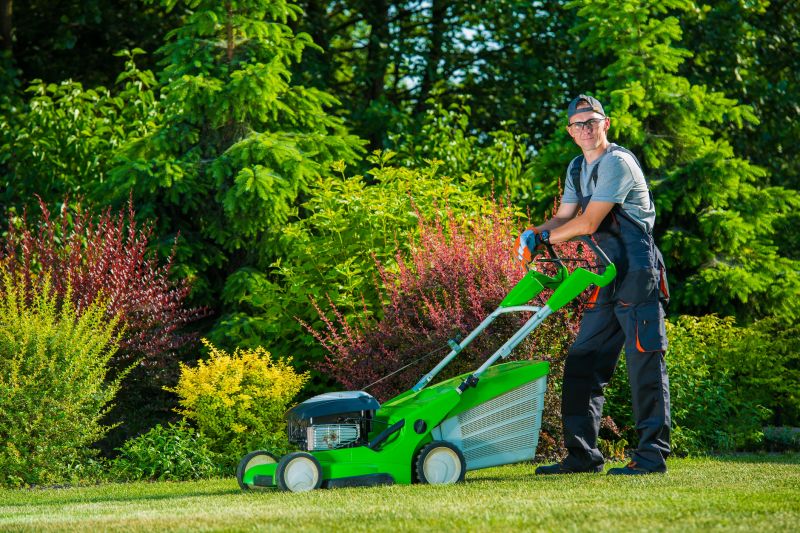
Using sharp blades and appropriate mower settings ensures clean cuts and healthy turf.
| Season | Recommended Mowing Practice |
|---|---|
| Spring | Mow weekly as grass begins to grow actively. |
| Summer | Maintain height and mow as needed during peak growth. |
| Fall | Reduce mowing frequency but continue to trim regularly. |
| Winter | Mowing is typically minimal or not necessary. |
| Post-Rain | Delay mowing until grass is dry to prevent damage. |
| Dry Weather | Mow during dry periods for best results. |
| Overgrown Lawns | Trim to appropriate height to promote healthy growth. |
| Newly Seeded Lawns | Mow carefully once grass is established, avoiding excessive cutting. |
Proper timing of lawn mowings is essential for maintaining a healthy and attractive yard. Adjustments based on seasonal changes, weather conditions, and grass type can significantly influence turf vitality. Regularly monitoring grass height and growth patterns helps determine the best mowing schedule, ensuring the lawn remains lush and resilient throughout the year.
Ways to make Lawn Mowings work in tight or awkward layouts.
Popular materials for Lawn Mowings and why they hold up over time.
Simple add-ons that improve Lawn Mowings without blowing the budget.
